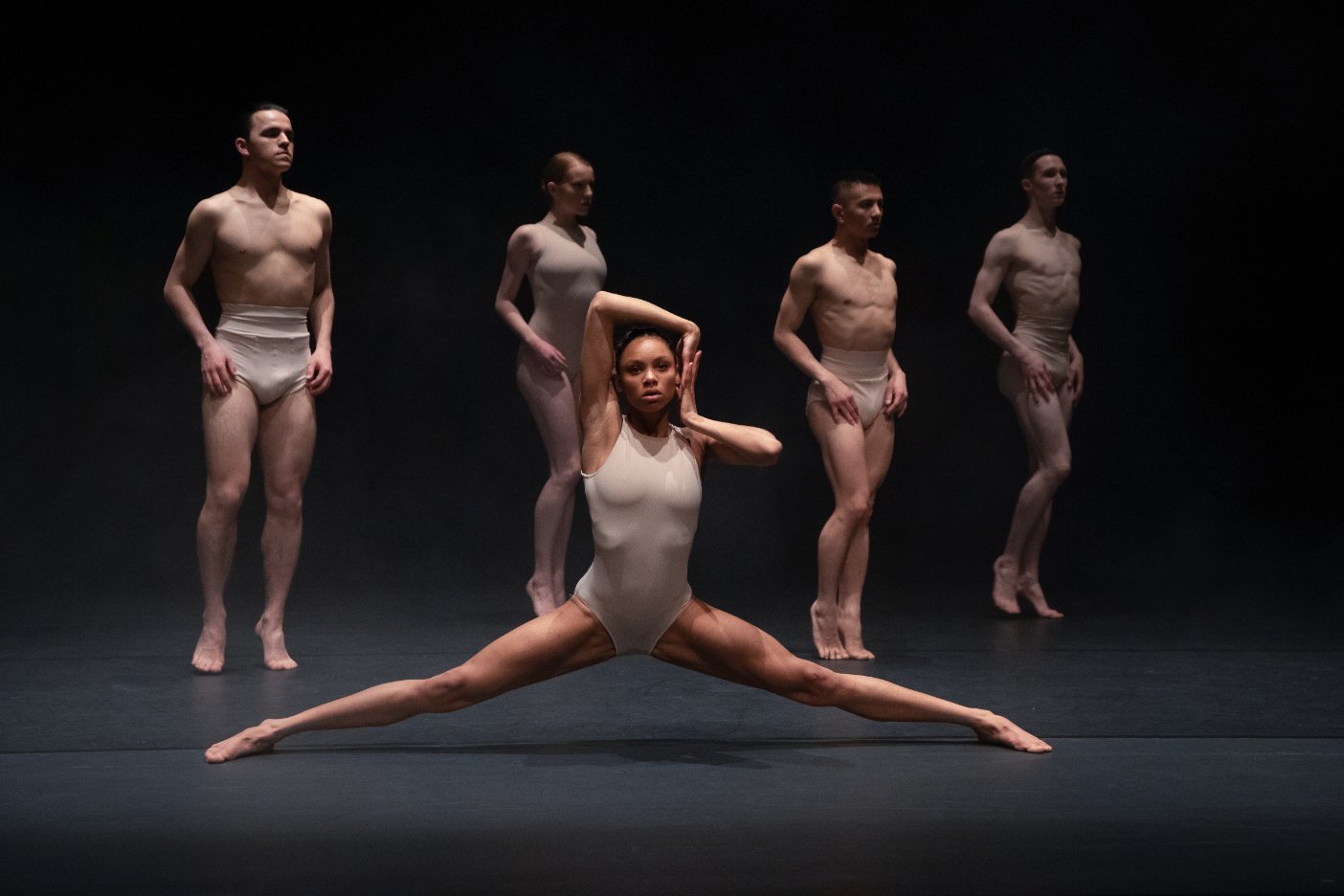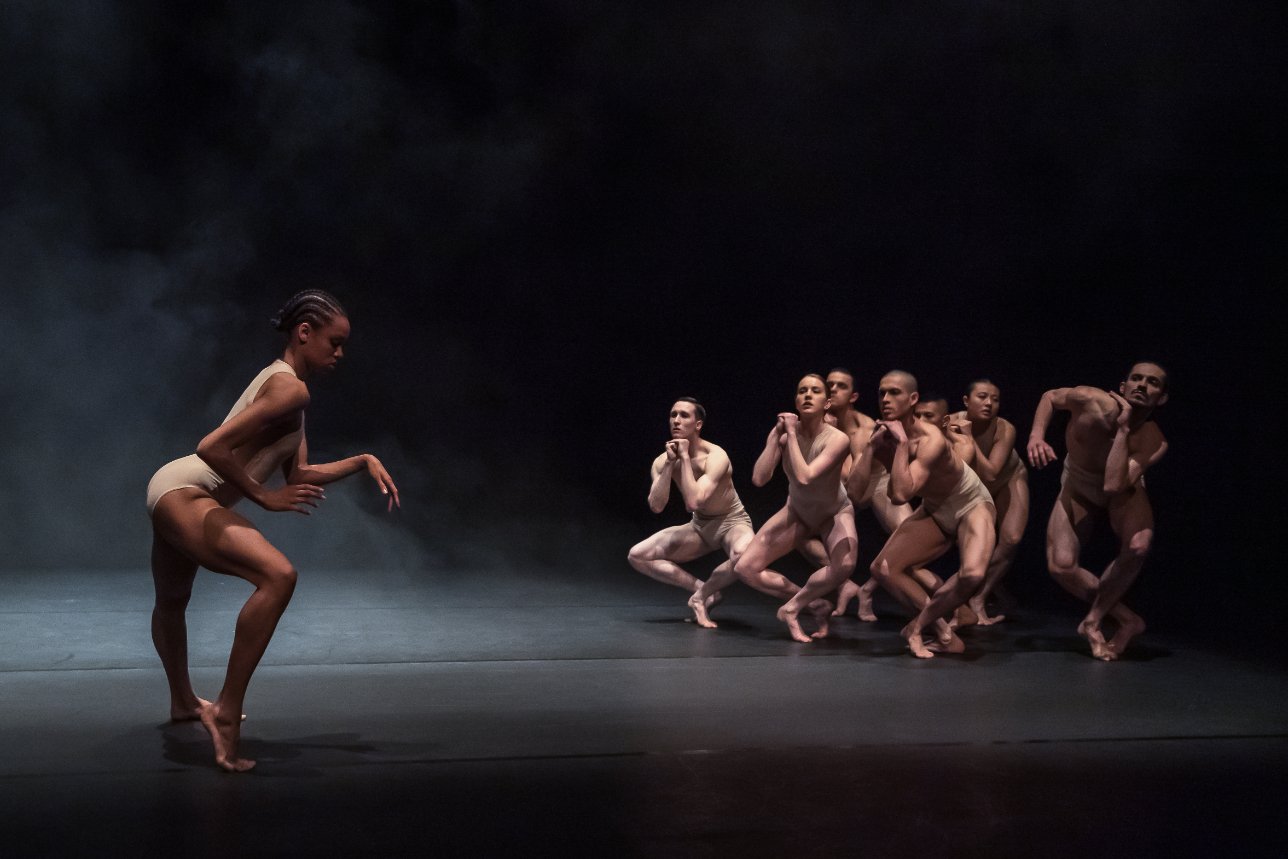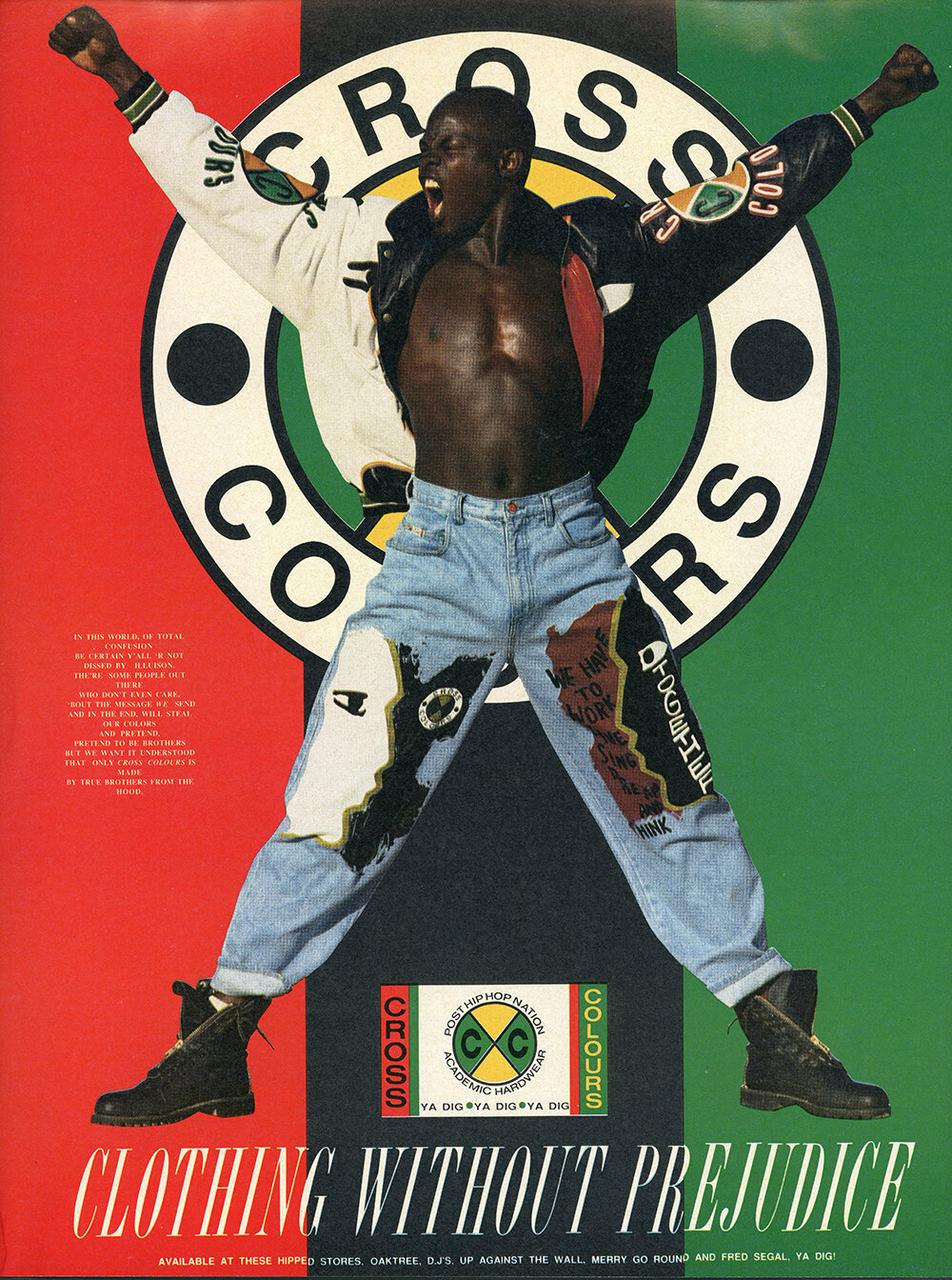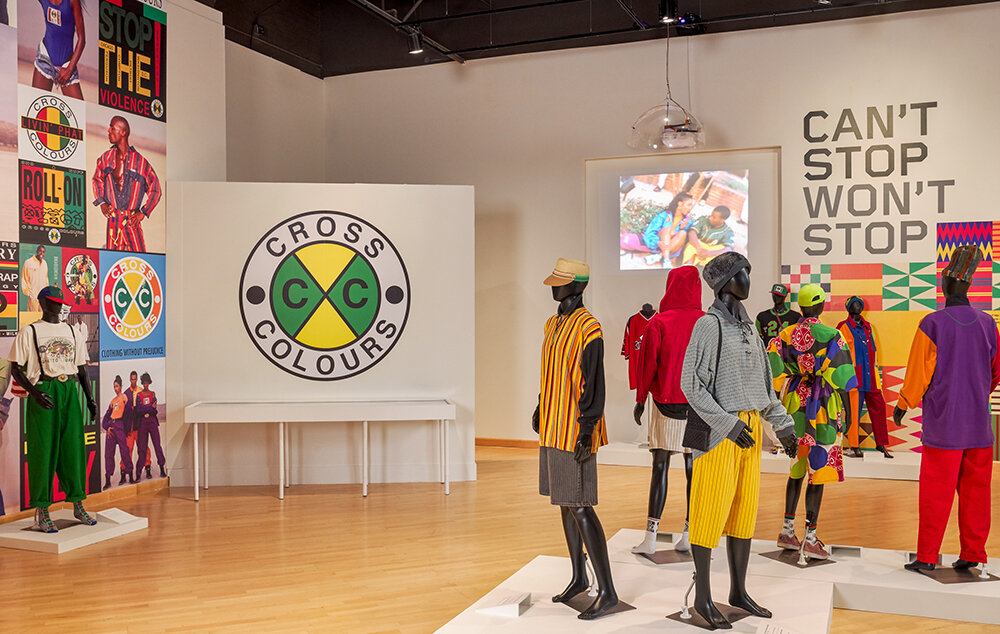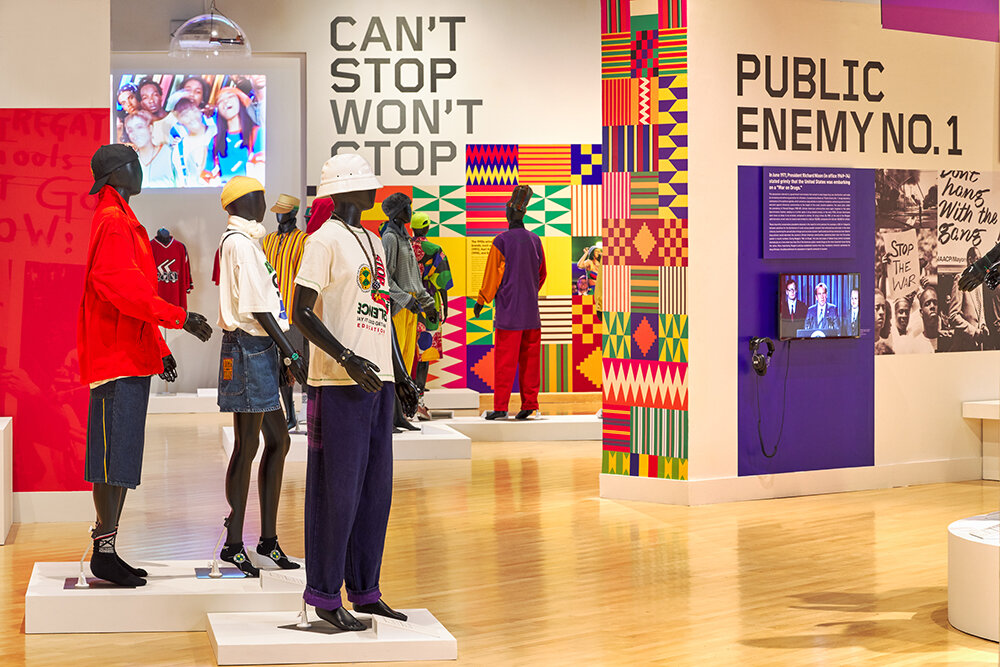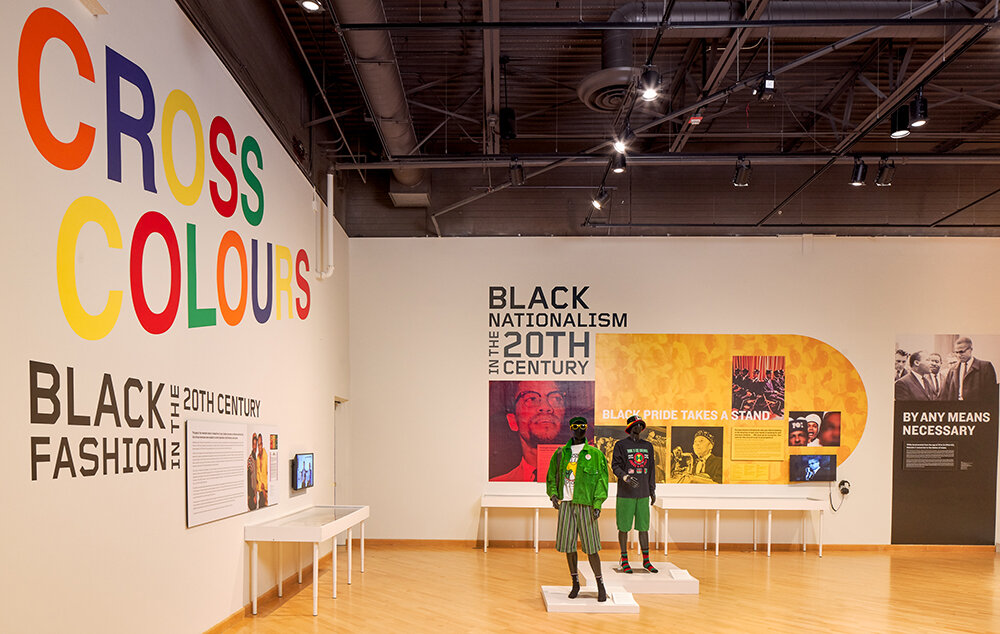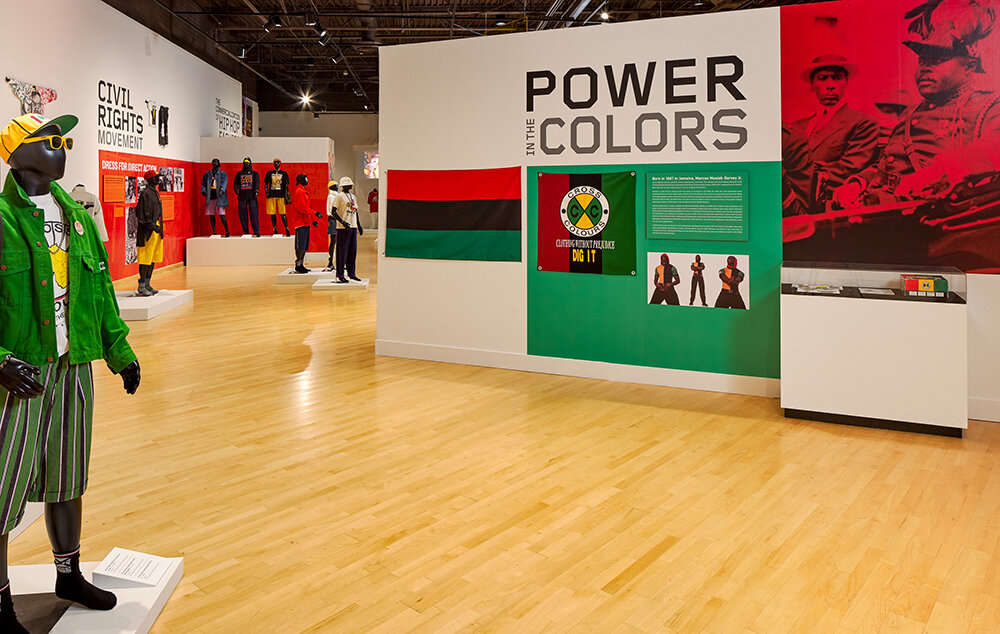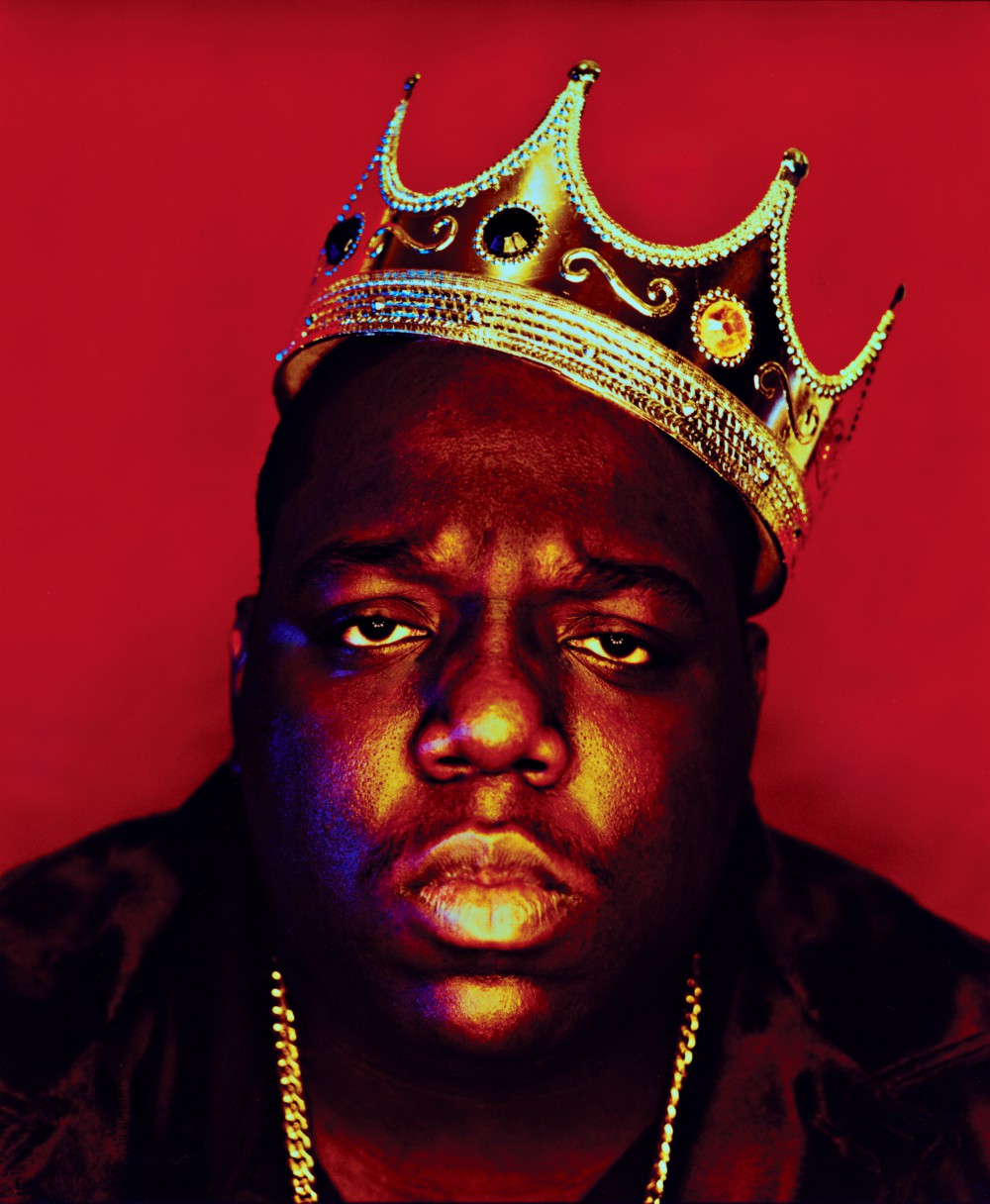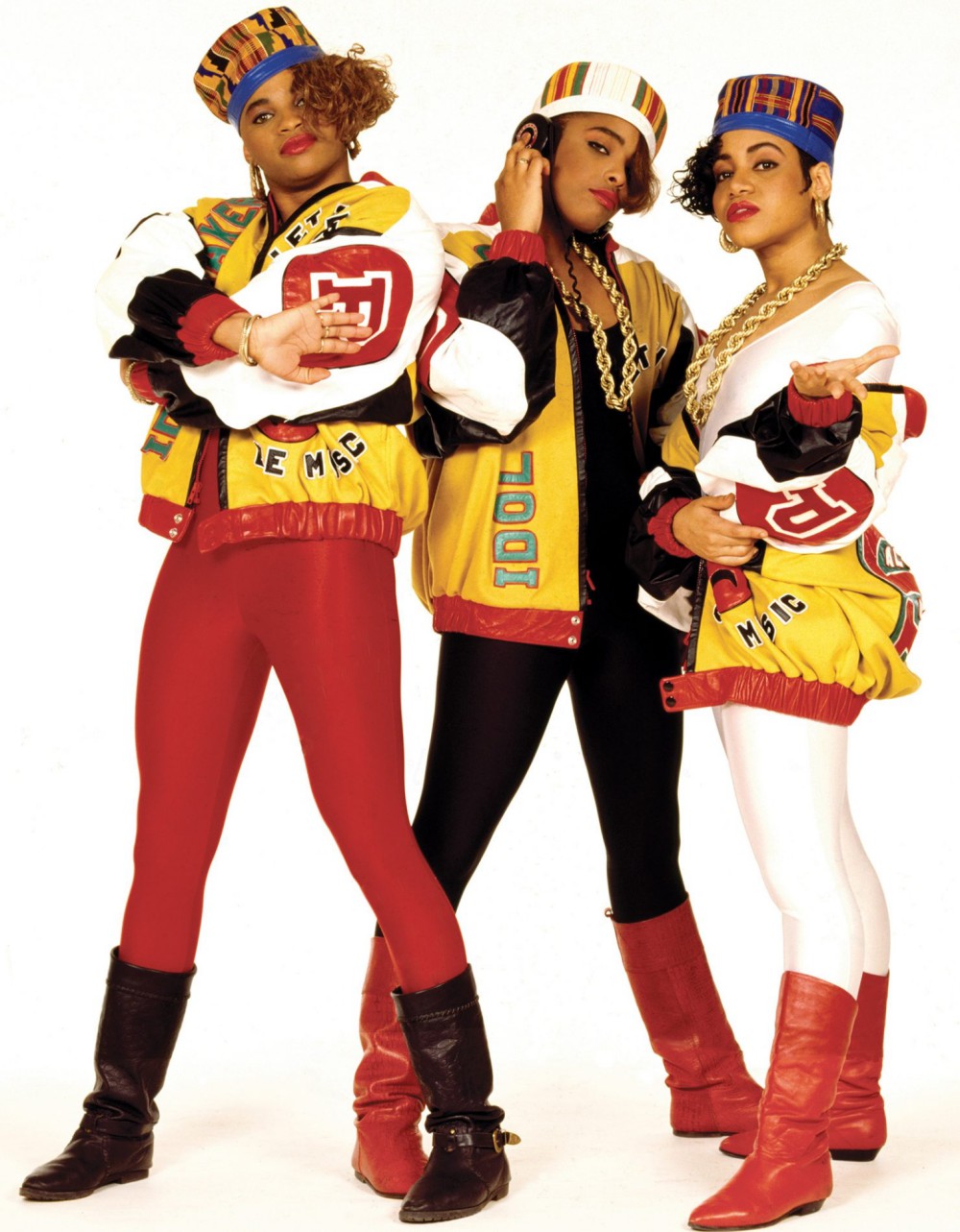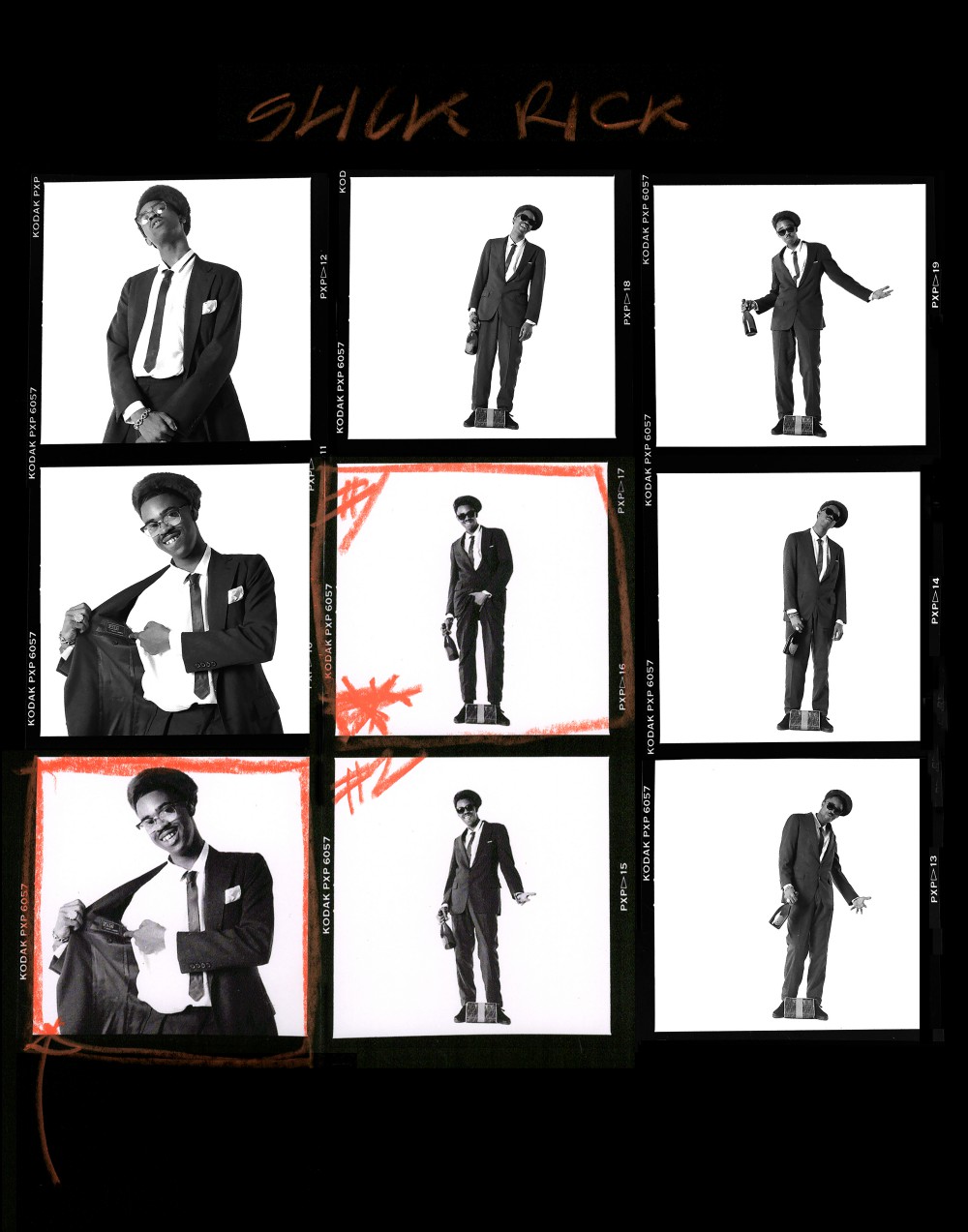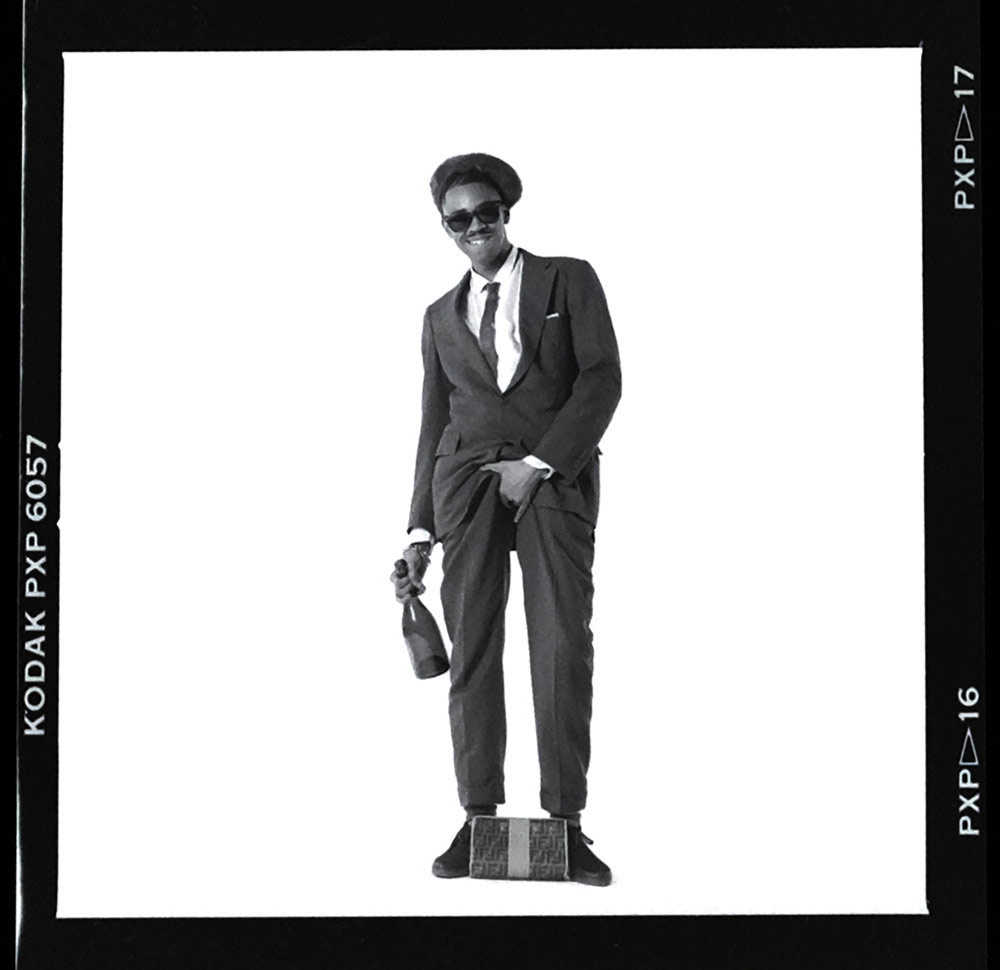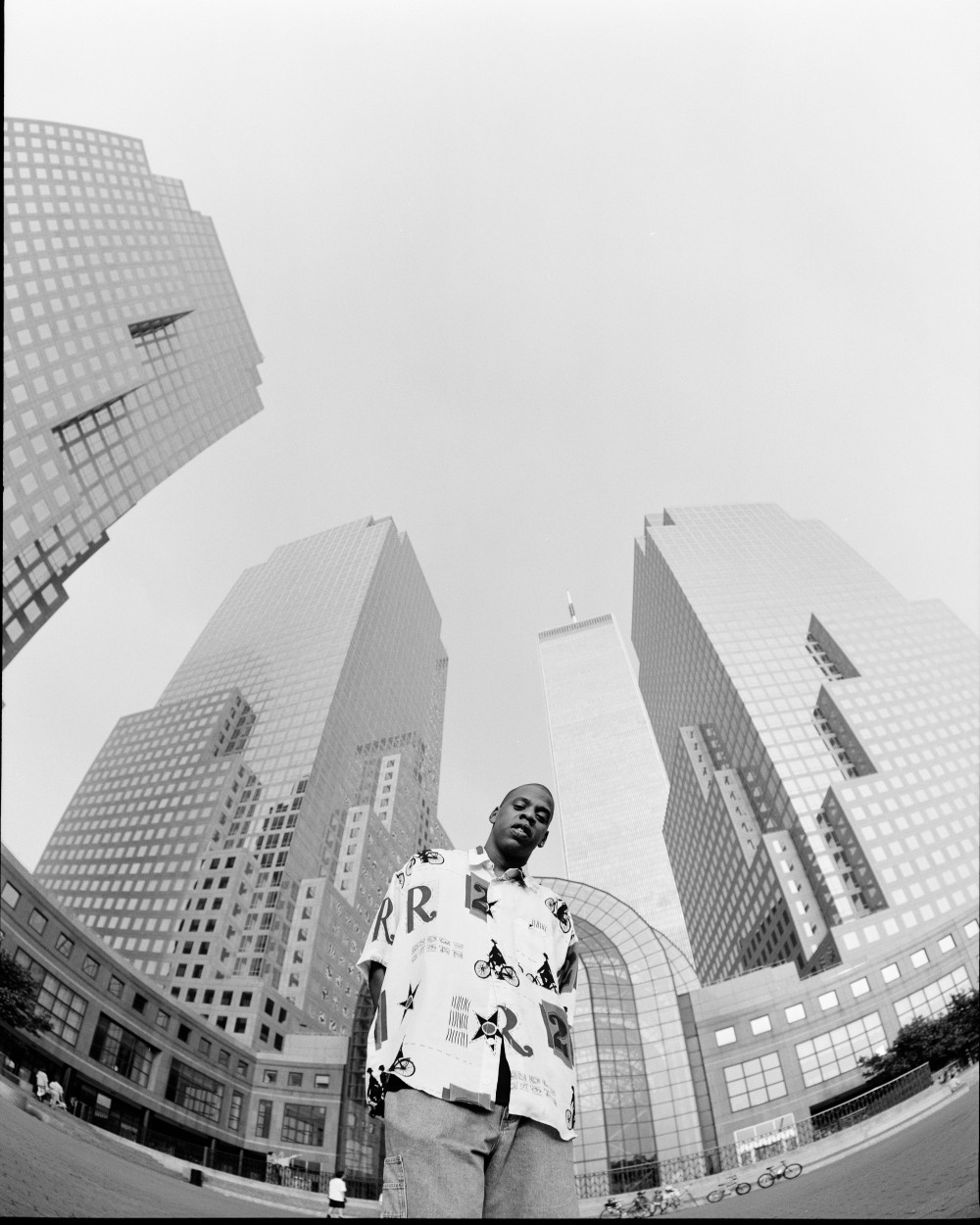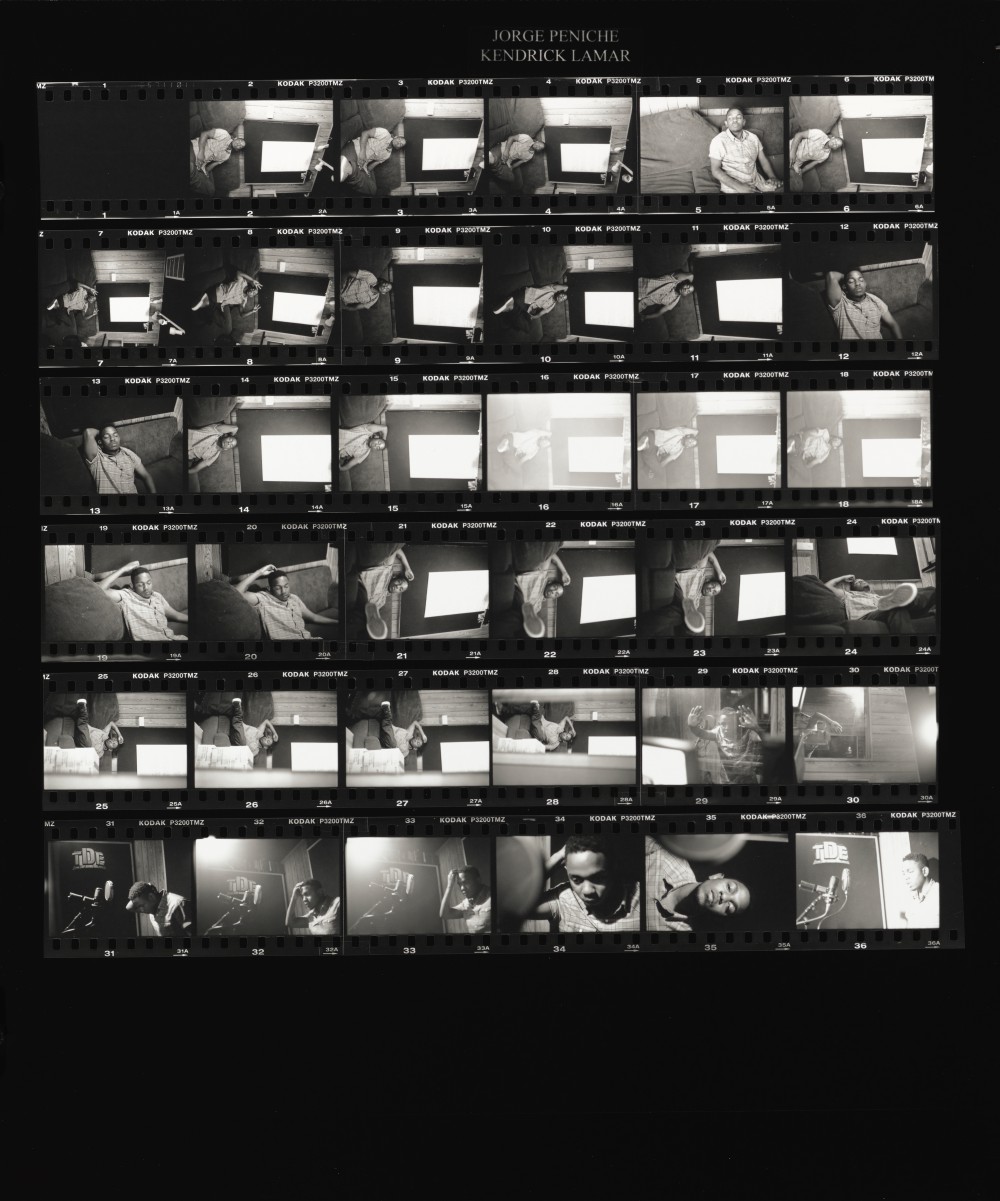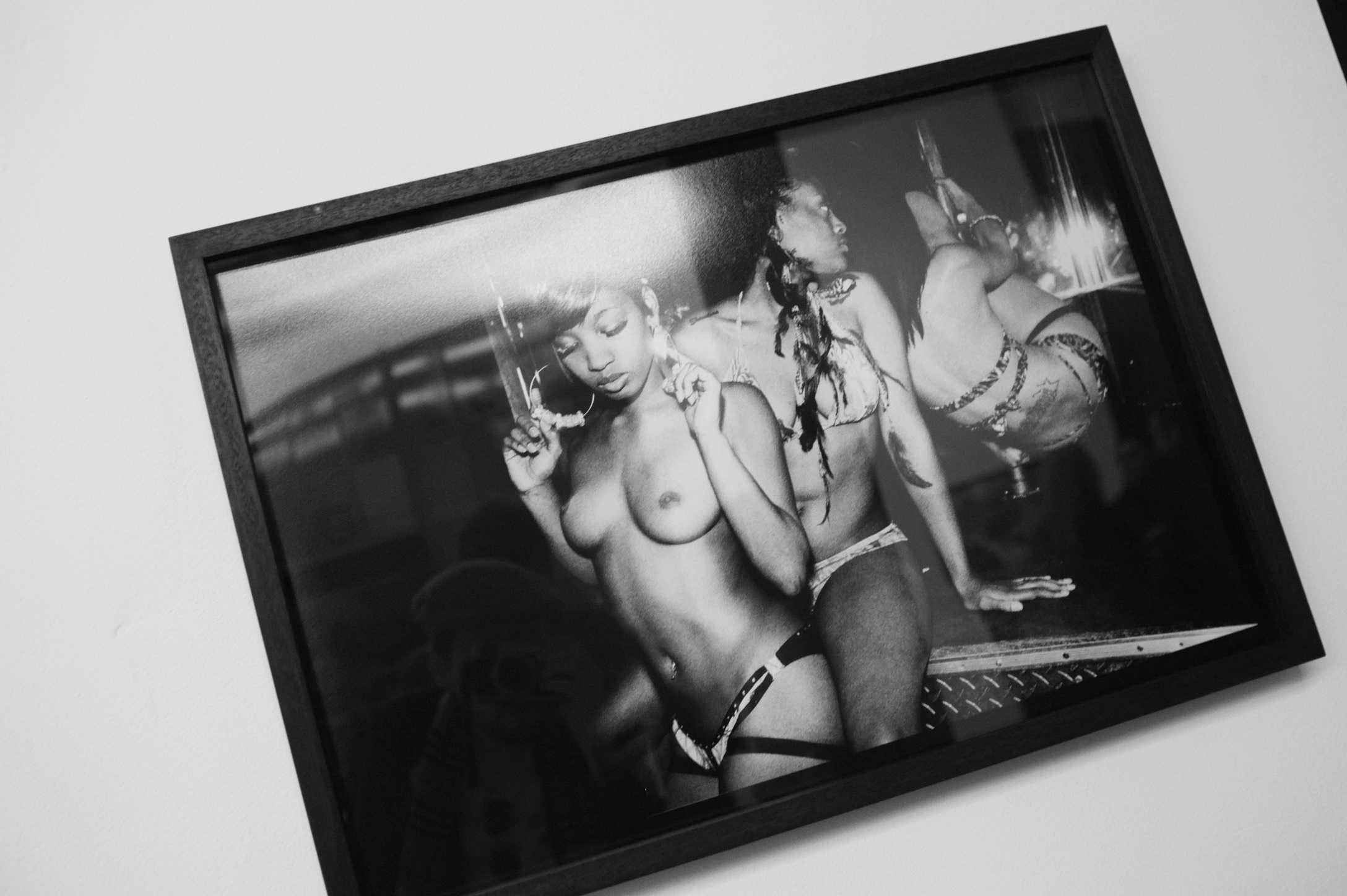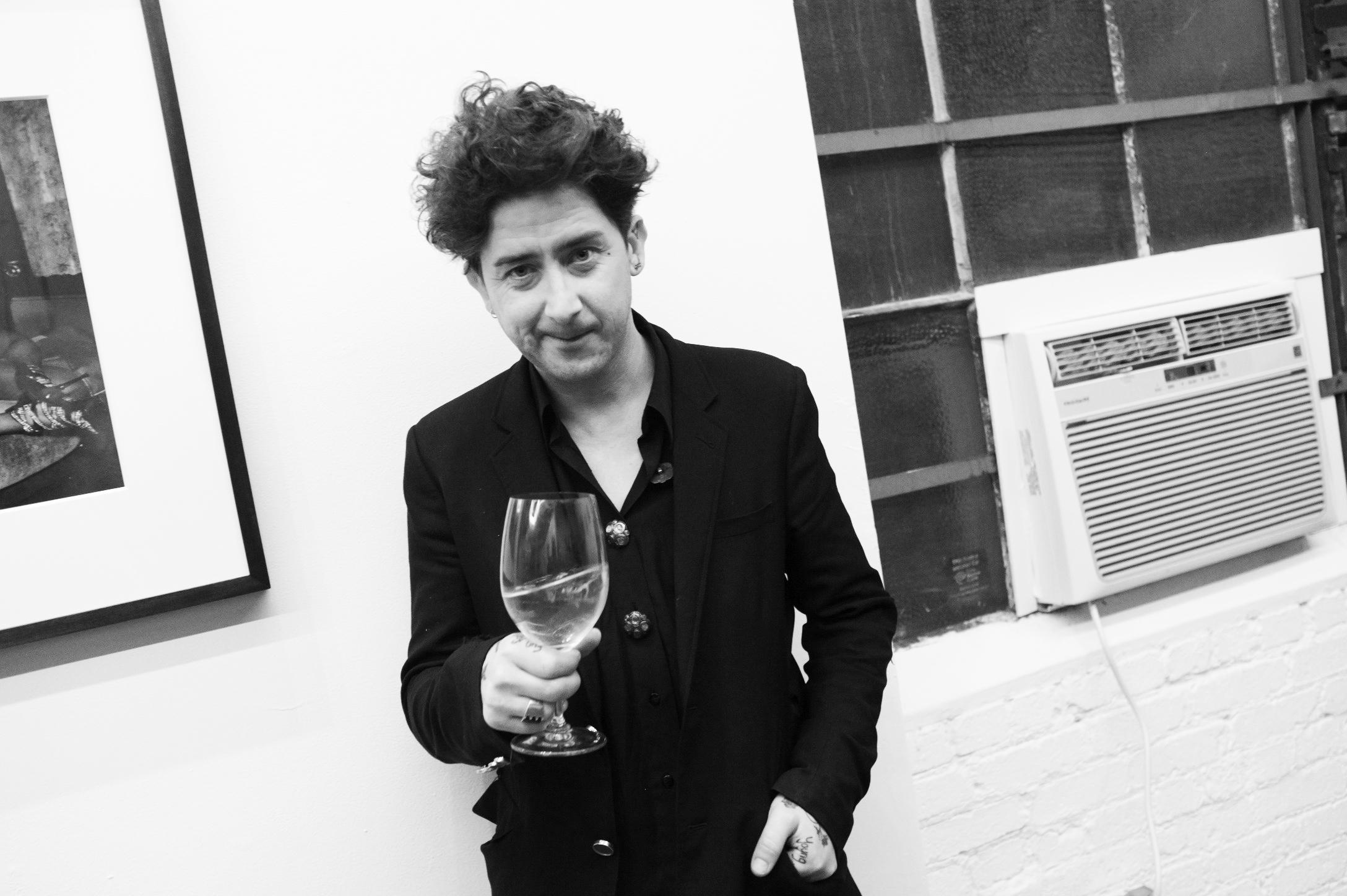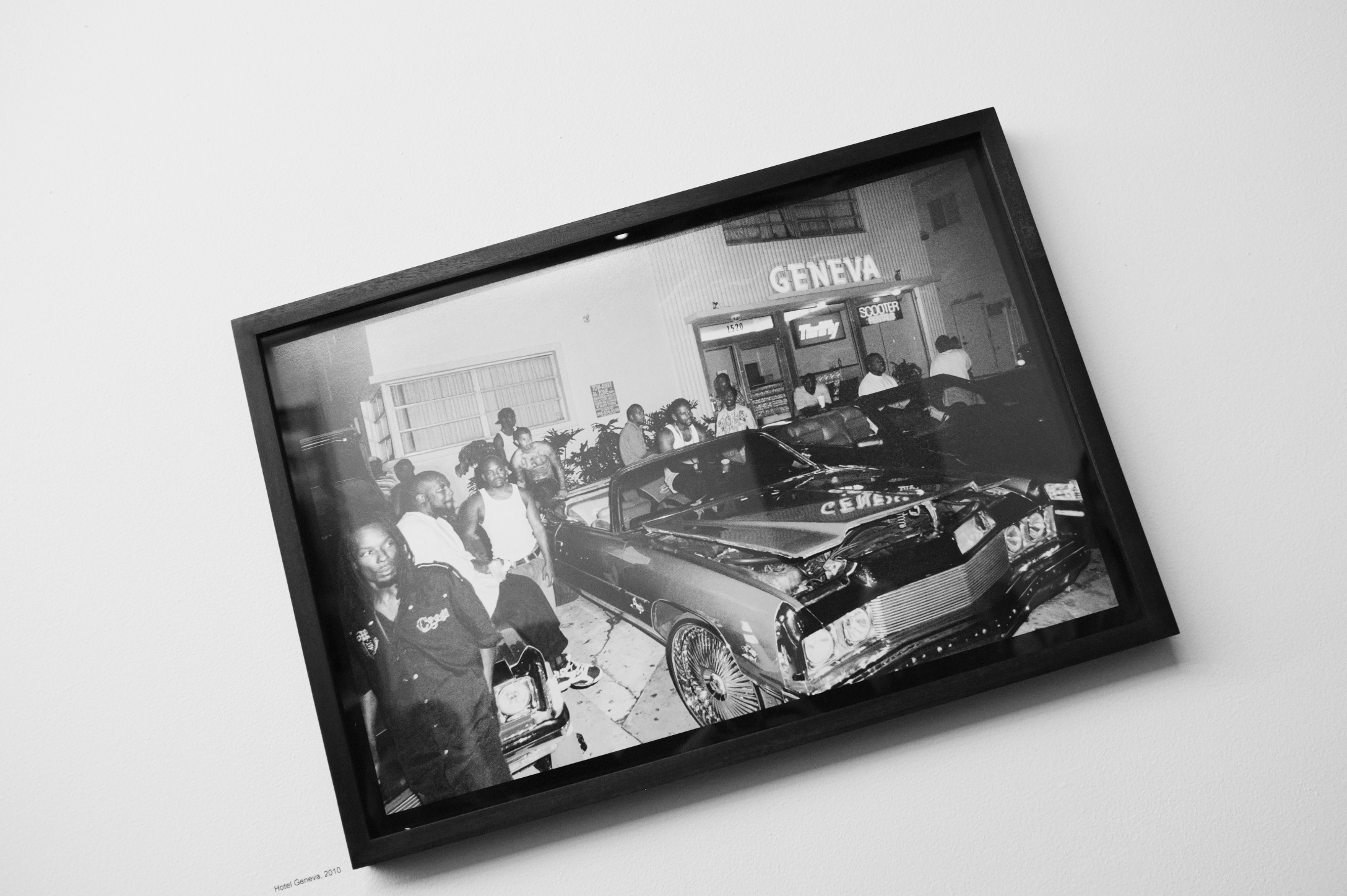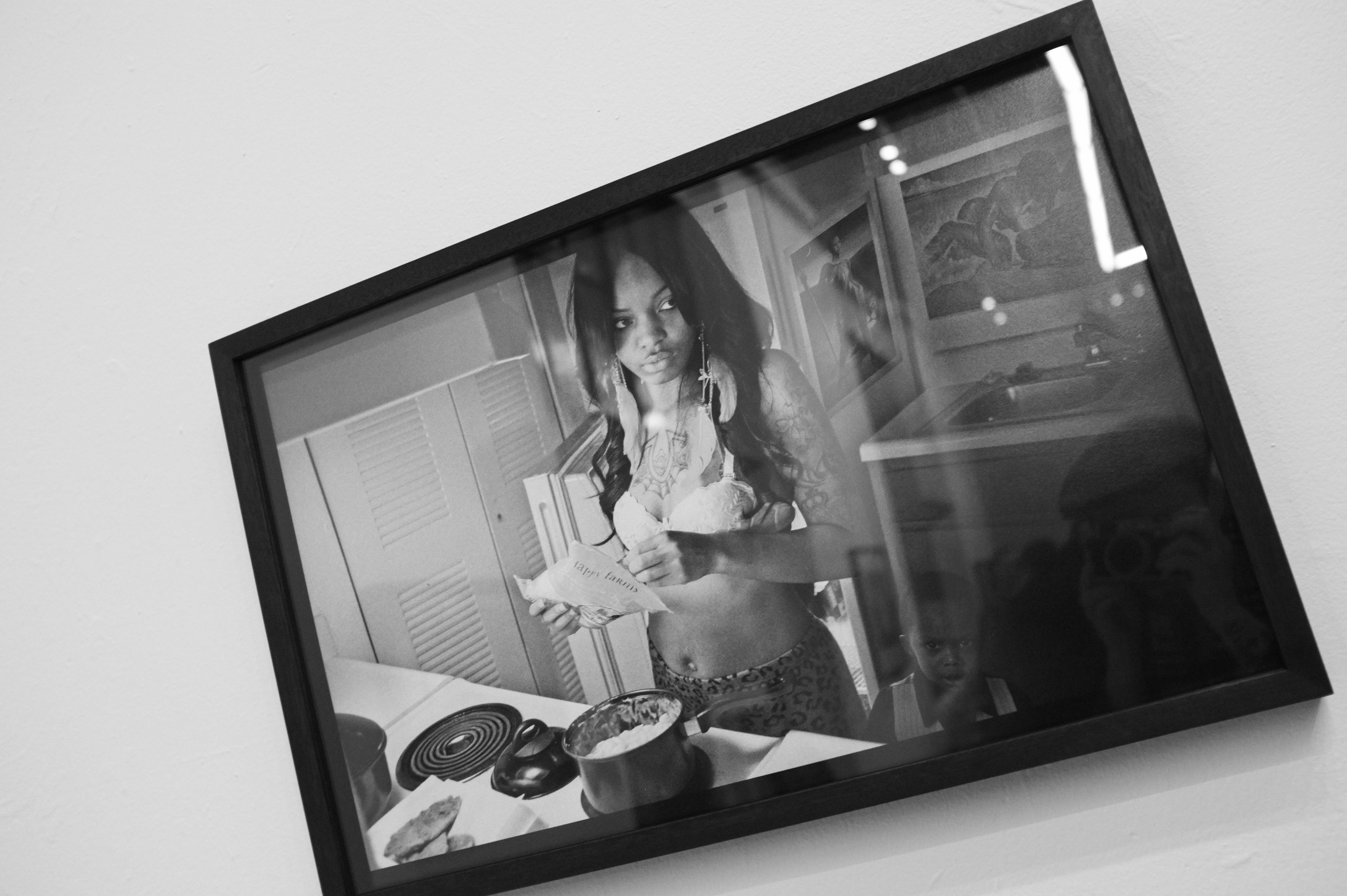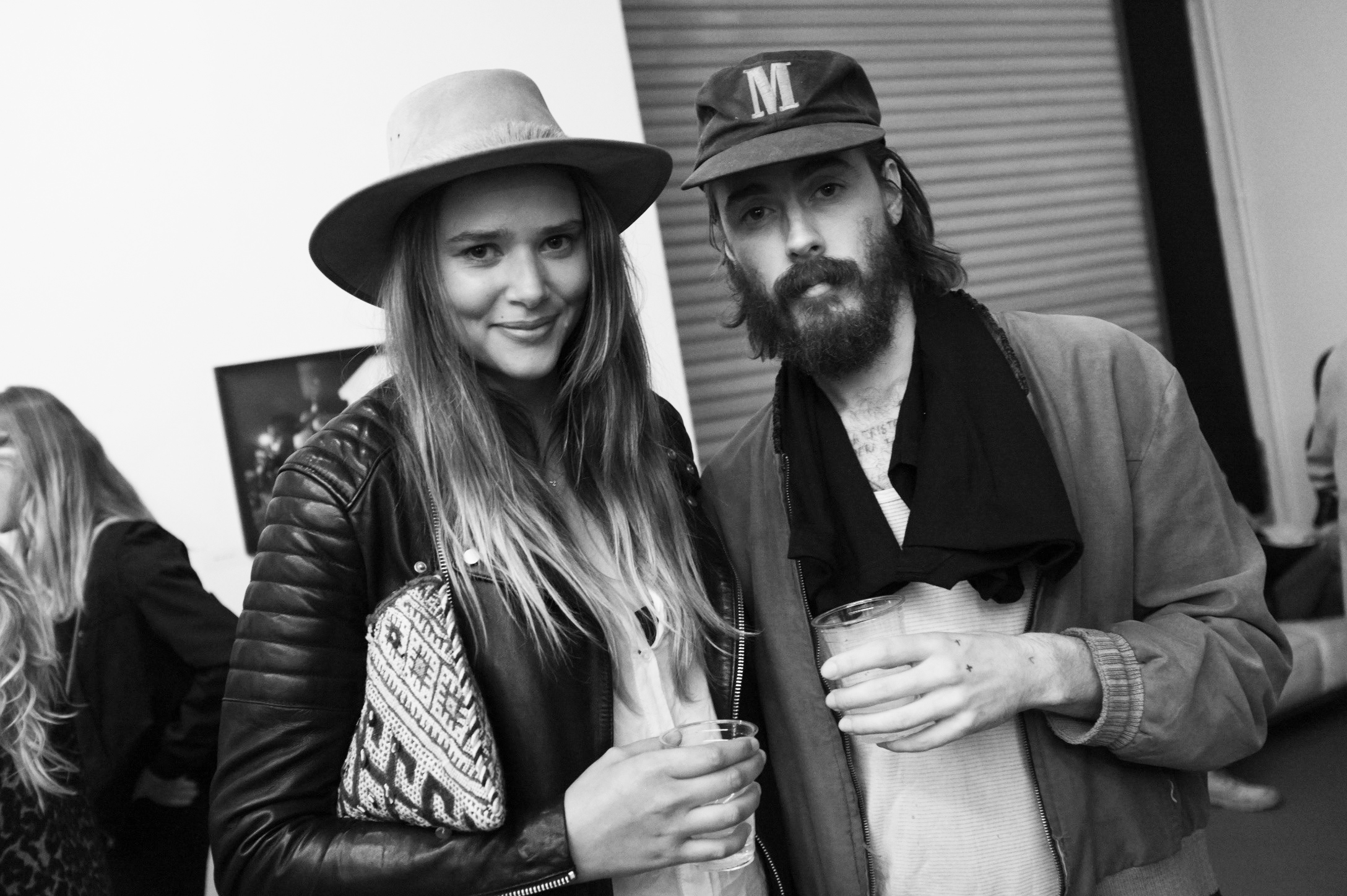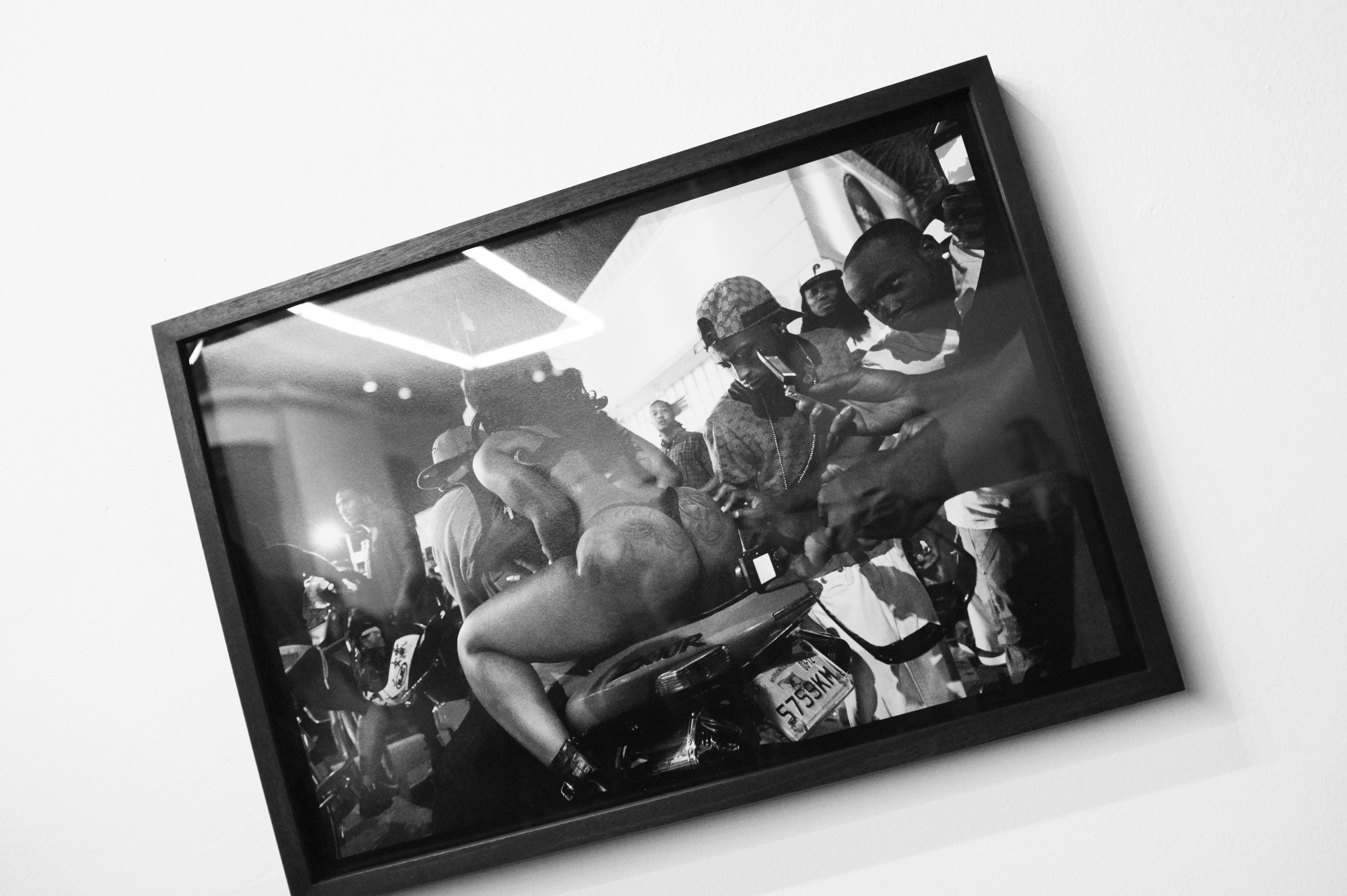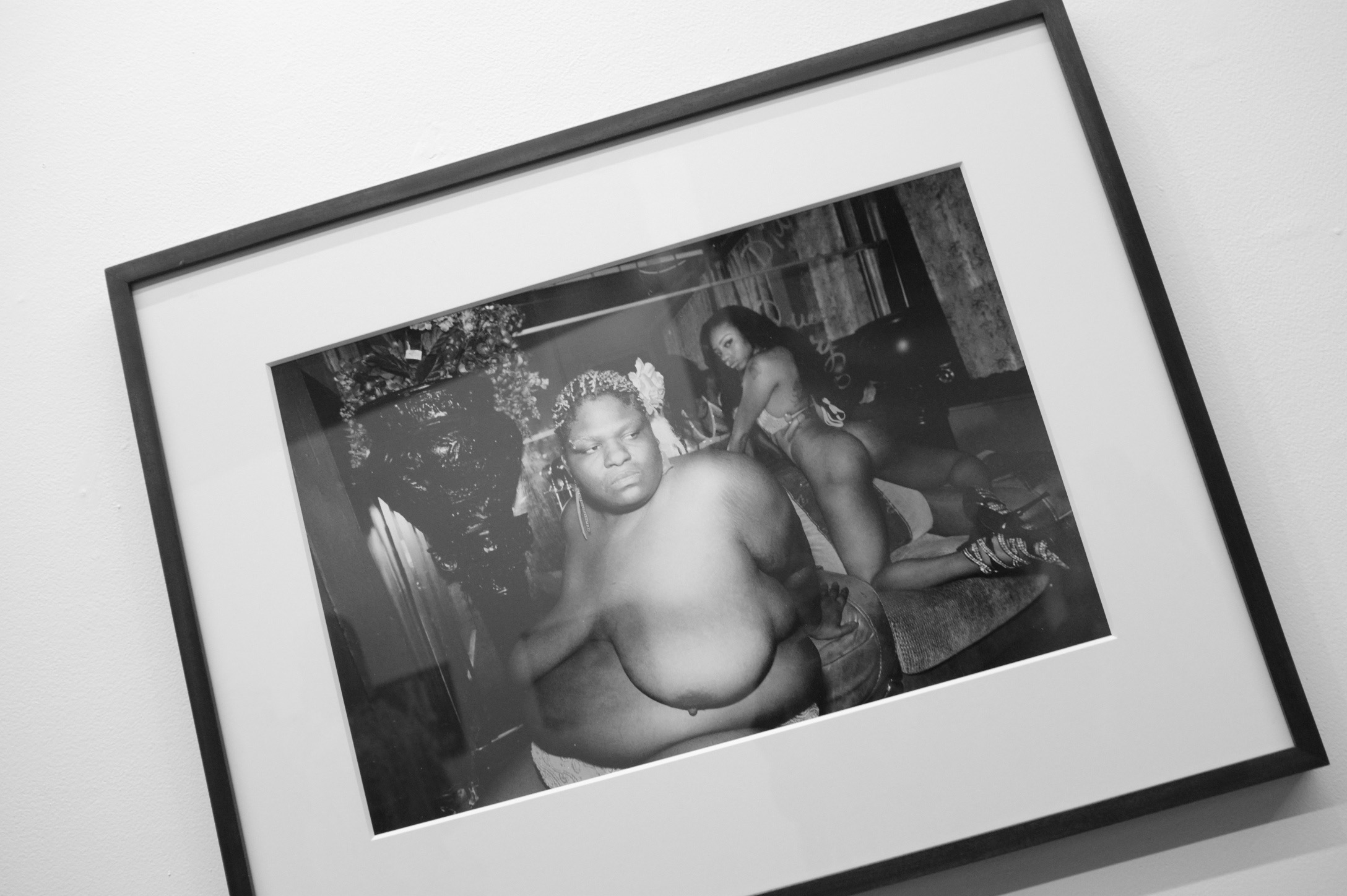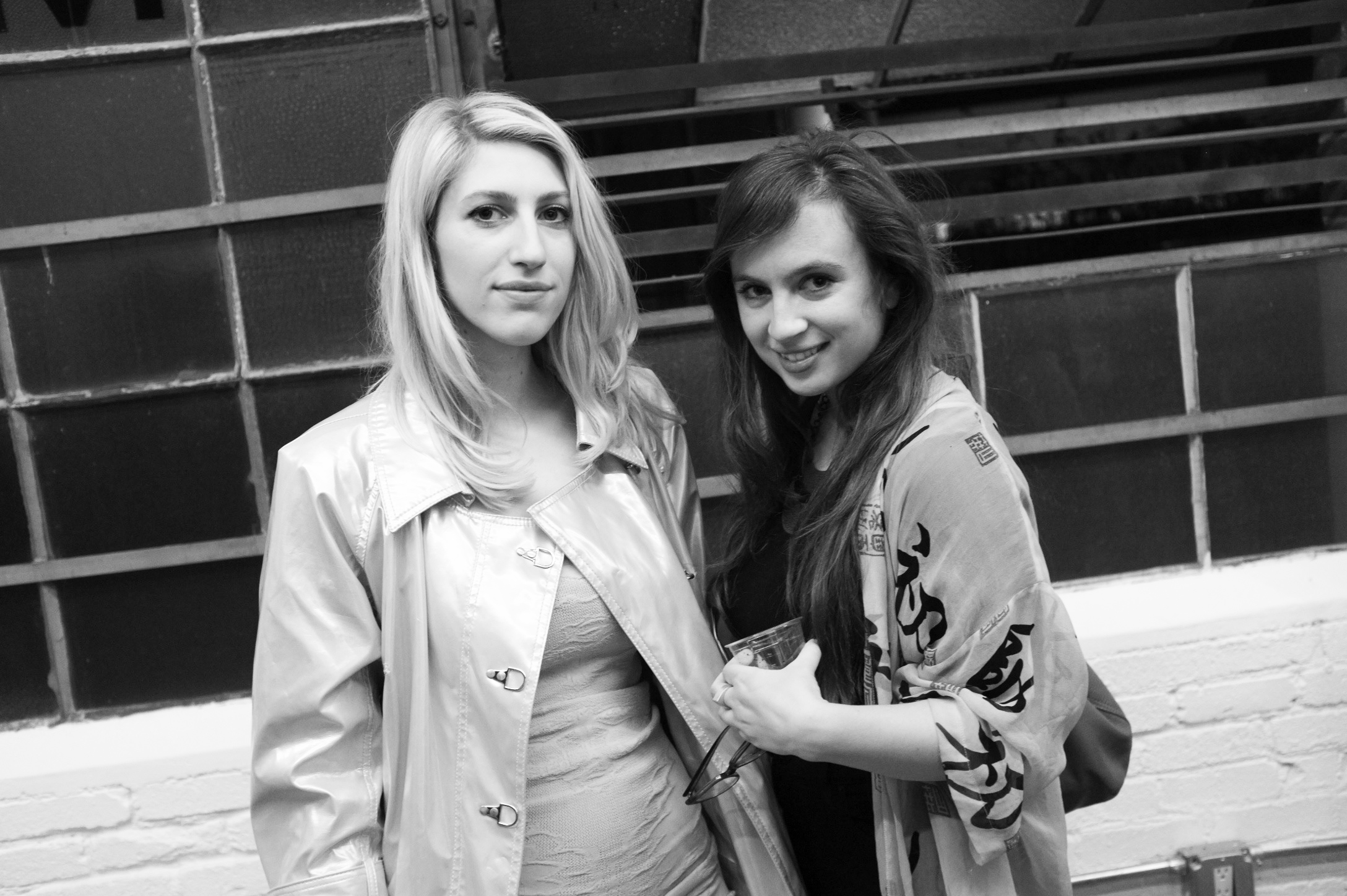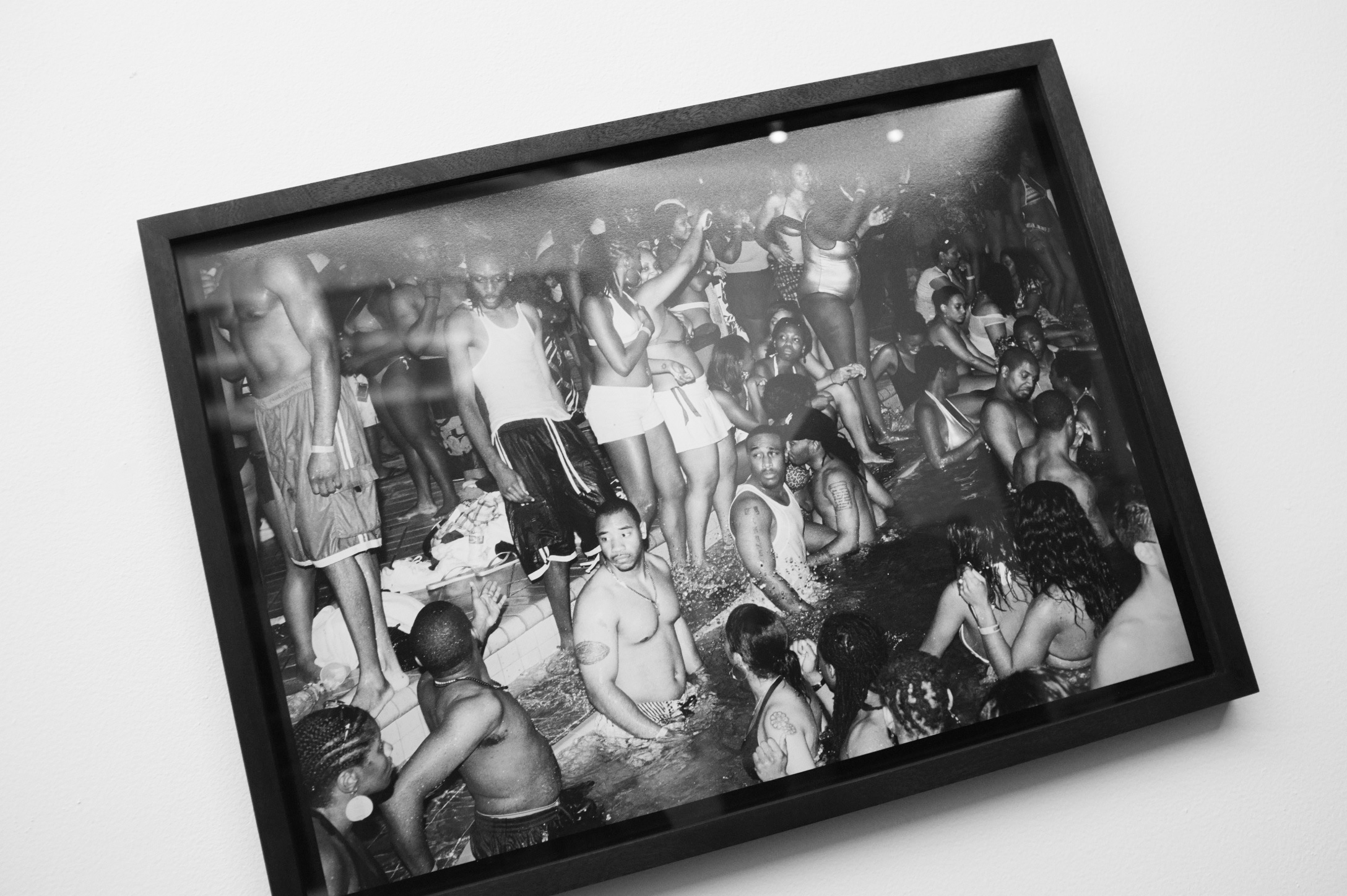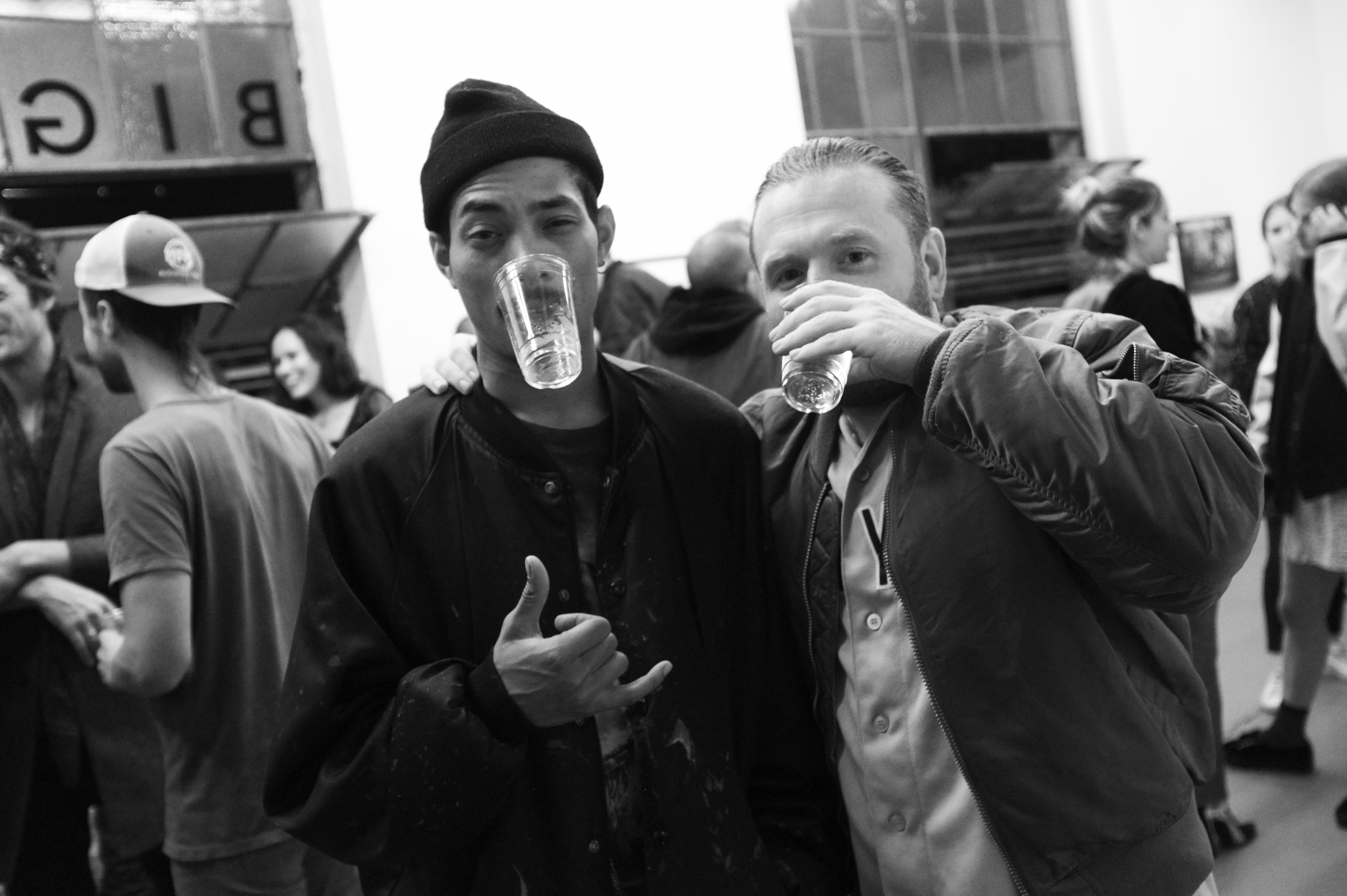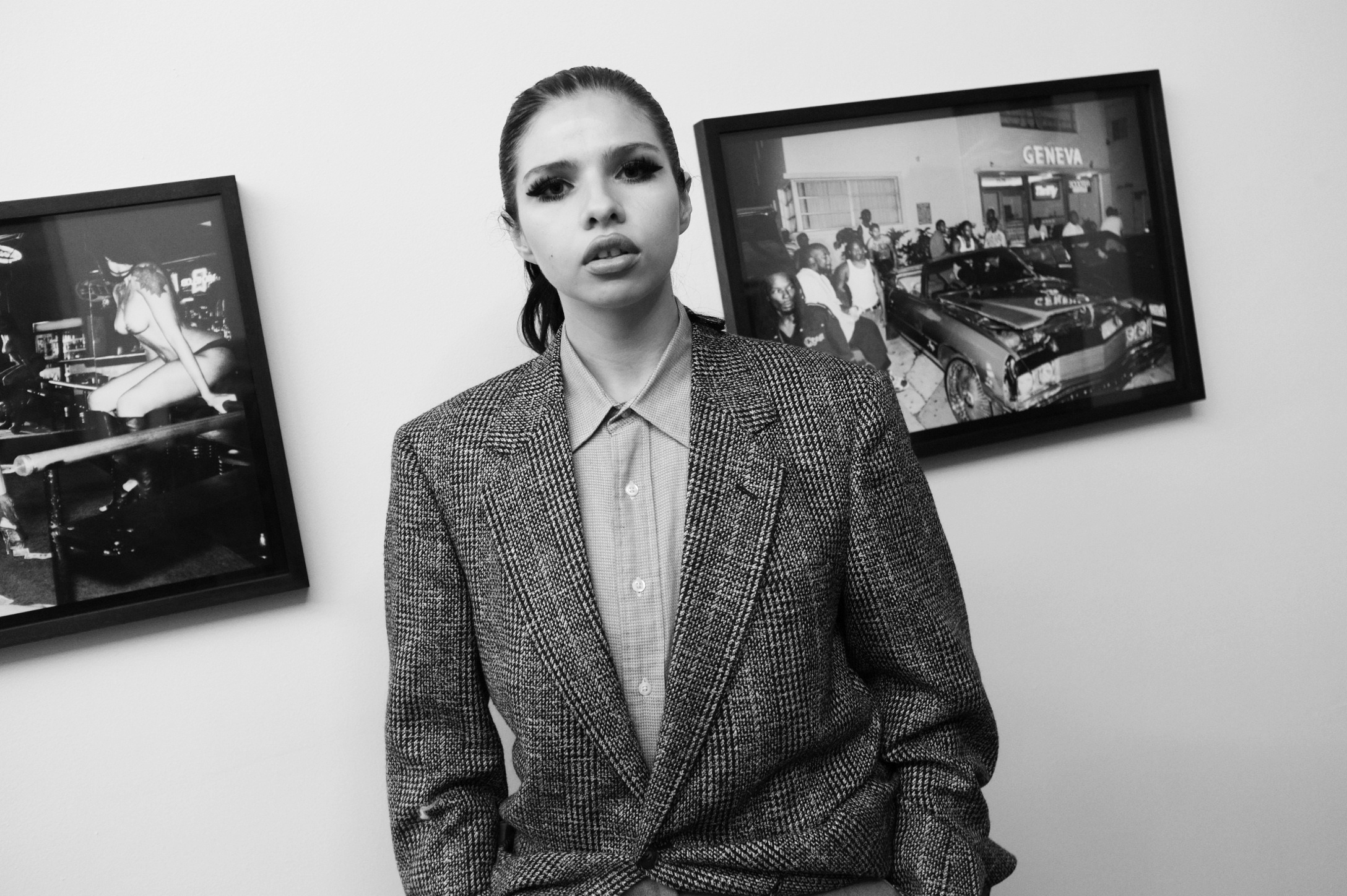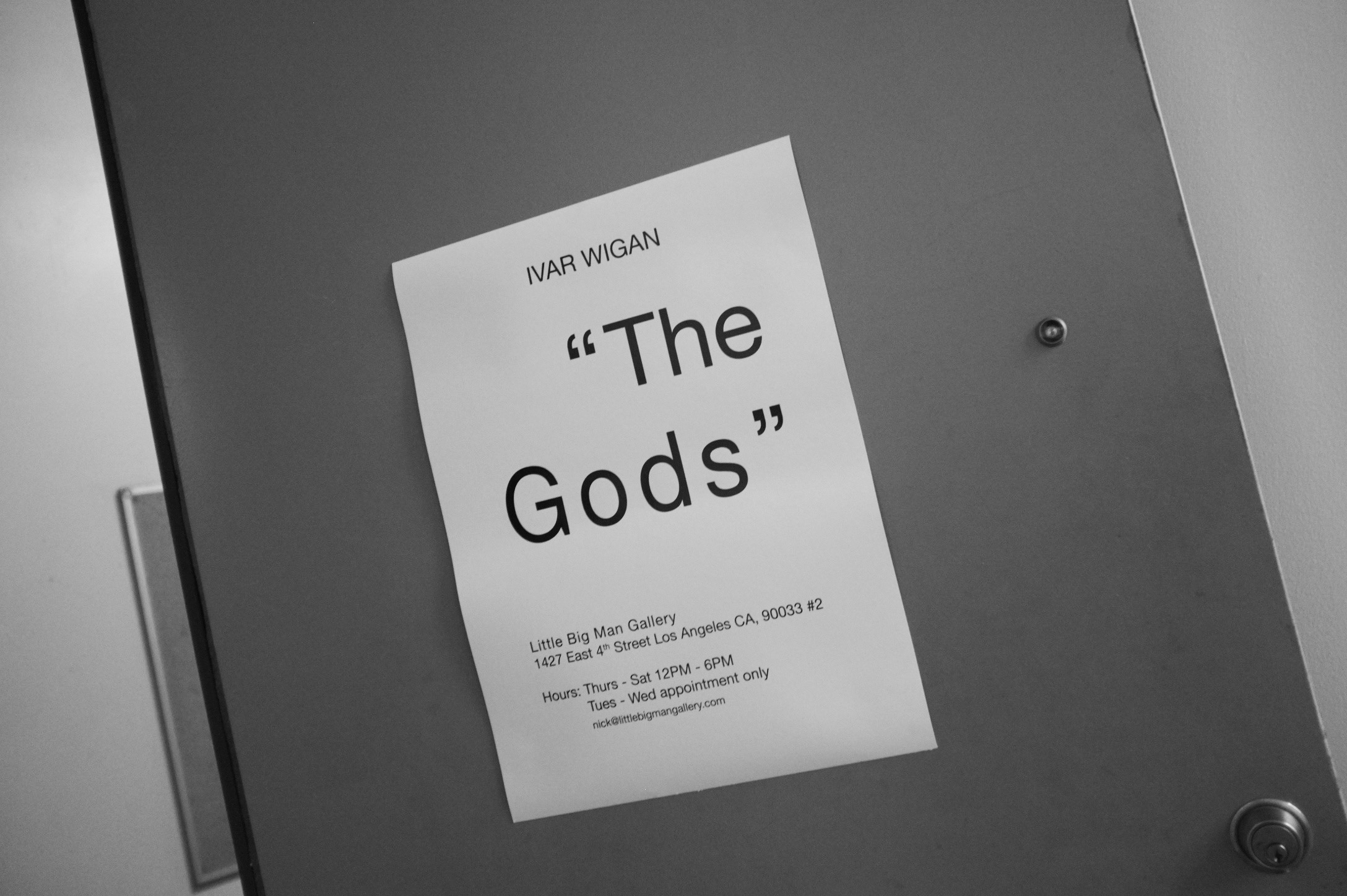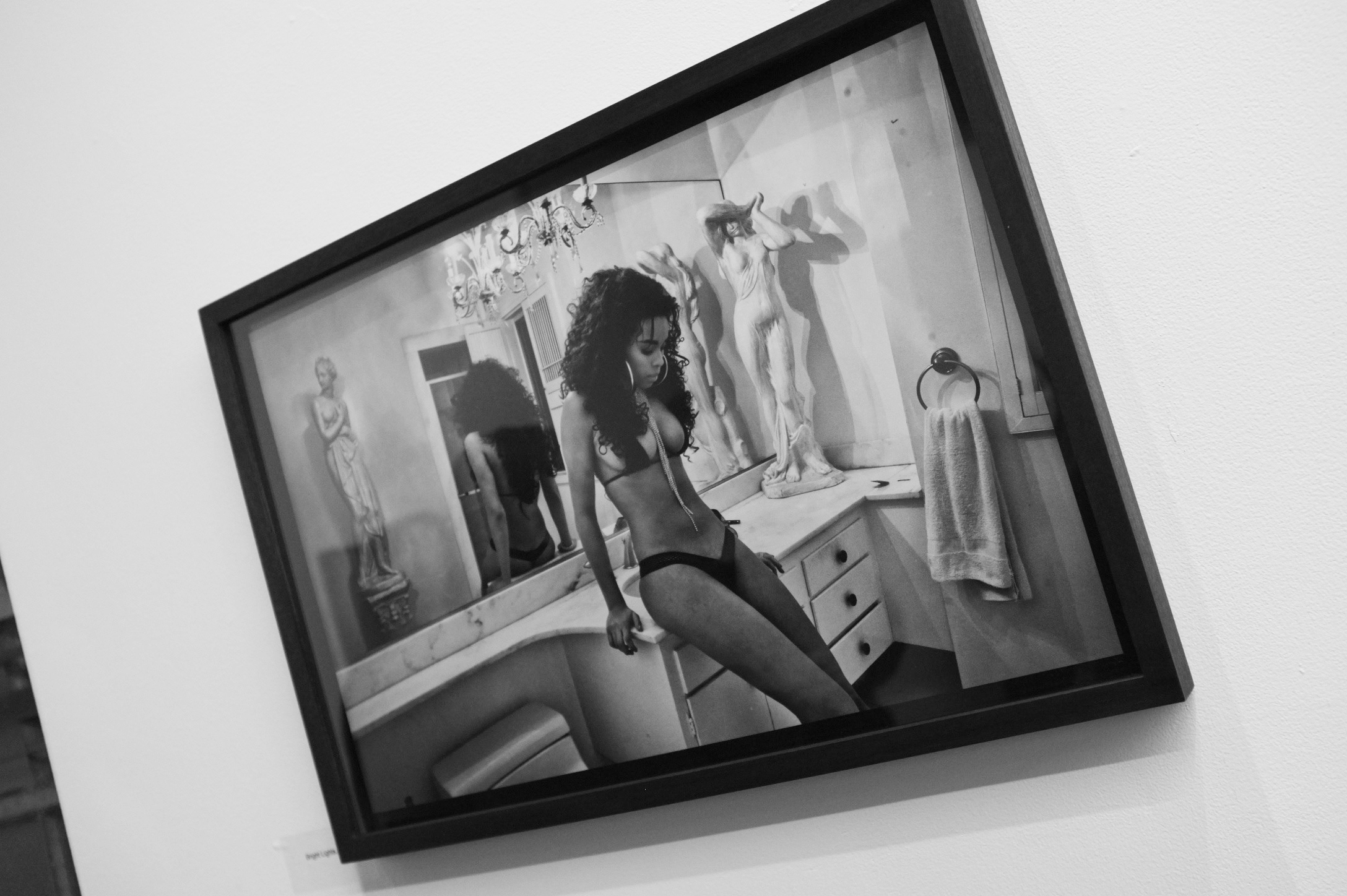Rambert2 Dancers in Sharon Eyal's Killer Pig © Deborah Jaffe
text by Lara Monro
photographs by Deborah Jaffe
In February 2020, 650 early career dancers auditioned to join Rambert2: a new and exciting programme founded to develop the artistic practices of a diverse cast of daring performers. Eleven practitioners were selected for their unique talent. Starting in May this year, the ensemble toured the UK to perform Sharon Eyal’s Killer Pig. Designed to extend the Rambert company’s traditional reach, the Rambert2 collective takes distinctive, world-class dance to more people in more places.
Born in Jerusalem, Eyal established the contemporary dance company L-E-V (meaning heart) with her long-standing collaborator Gai Behar in 2013. Prior to this, Eyal danced with the Batsheva Dance Company from 1990 - 2008. From 2009, she began to form her own choreographies including Killer Pig (2009) and Corps de Walk (2011). Since 2013, L-E-V has had more than 200 performances in some of the most exclusive venues and festivals around the world: The Joyce Theatre – NYC; Jacob's Pillow – Berkshires; The Montpellier Danse Festival – France; Julidans – Amsterdam.
Last weekend, Sadlers Wells welcomed Rambert2 to its stage. Eight of the eleven performers executed Killer Pig with unwavering raw passion. The minimalist expression, intense honesty, and uncompromising physicality of the piece is provocative, carnal, and adrenaline-inducing. L-E-V uniquely combines ballet with hip hop: a head-bop seamlessly morphs into a pirouette. At forty minutes in length, the performance is the epitome of artistic endurance. The audience witnesses fearless determination and dedication as the performers bodies are pushed to extremes. The dance explores a spectrum of emotion: dark, obsessive, and beautiful.
Instantly submerged within what feels like a club room dedicated to pounding industrial techno, the bodies move mainly in unison — part of a whole organism that ebbs and flows across the stage — until one, or a few break off and offer up an independent performance before dissolving back into the collective. It's tribal, at times trance-like, with a sassy aggression.
Tight, beige leotards leave little to the imagination, allowing every part of the anatomy to be celebrated for its athletic achievement: muscles bursting, ribs protruding. The harsh, white lights designed by Kevin A. Jones draw attention to their facial expressions: passioned, pained, sometimes crazed.
Home was also performed by Rambert2: a new commission created by the American choreographer Micaela Taylor. The first dance of the evening is recognized for its numerous influences that encompass classical ballet, hip hop and Gaga.
Long-term L-E-V collaborator, Ori Lichtik, is the genius behind the multifaceted industrial soundscape, which arguably seals the deal for making the performance an all-around superlative piece of contemporary dance. The standing ovation, and emotional reaction this provoked in the audience, was a poignant nod to the long-overdue return of live performance post COVID.

